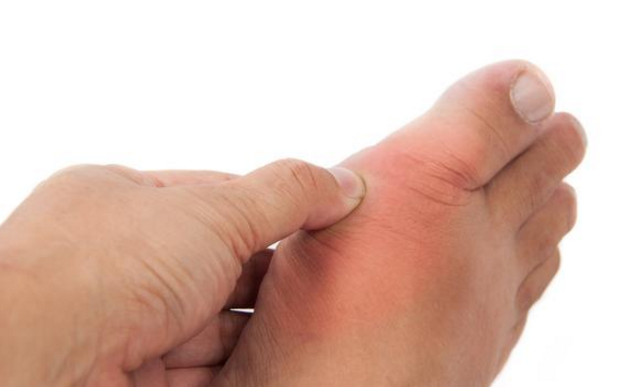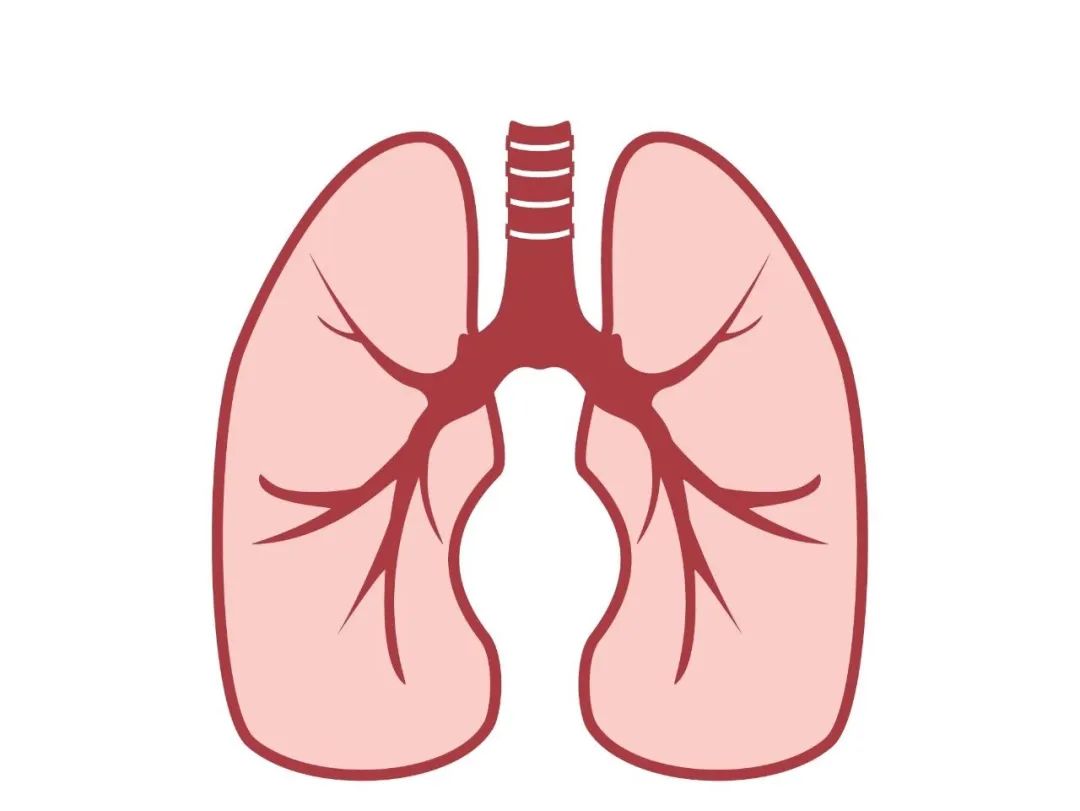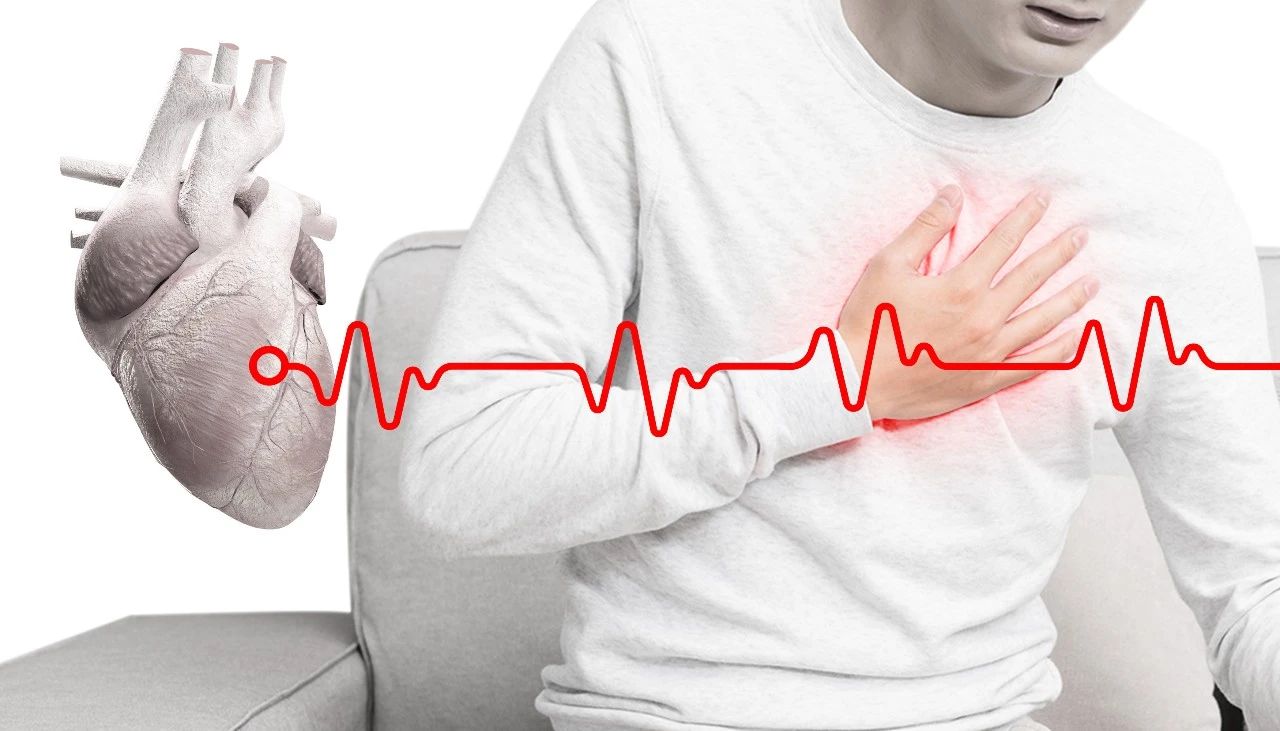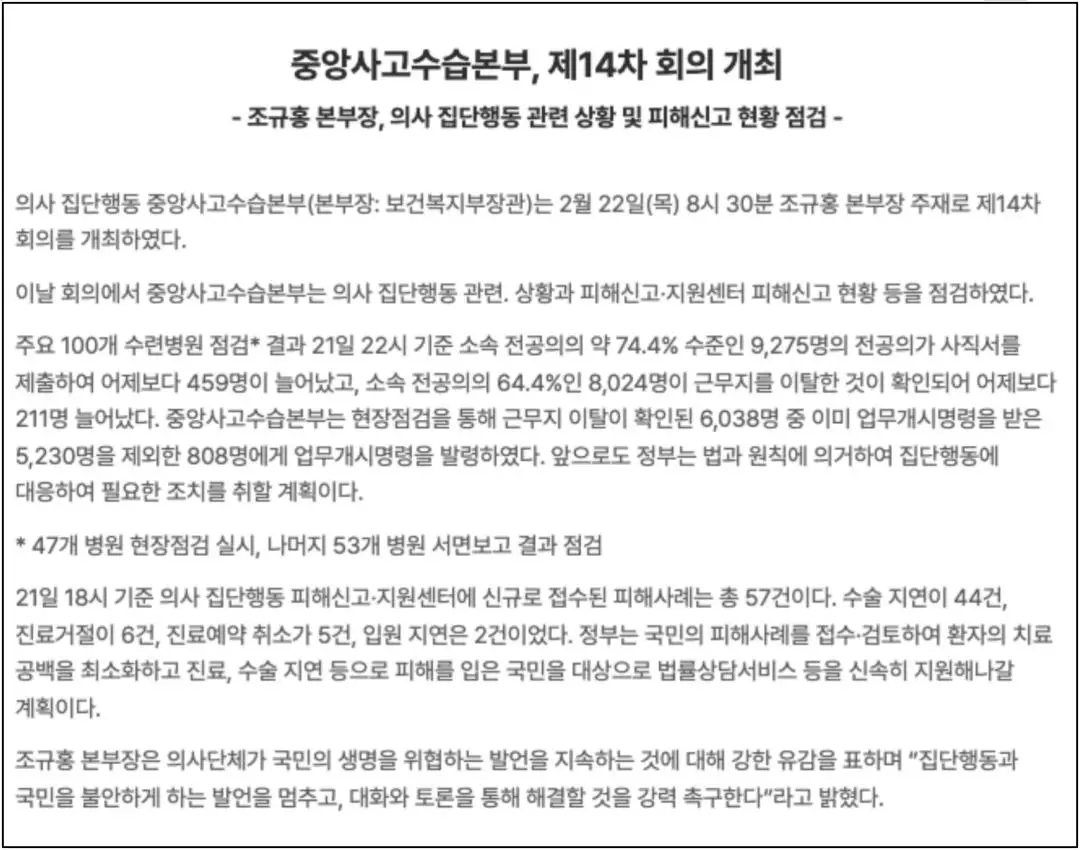
A disease known as "flesh-eating bacteria infection" is rapidly spreading in Japan. According to the Japanese health authorities, cases of this infection have surged this year, surpassing 1,000, setting a historical record. The disease has a mortality rate of 30%, and the exact reason for the sudden increase in cases remains unclear. Reports indicate that the United States and the United Kingdom have also seen a recent rise in cases.
The outbreak of the deadly "flesh-eating bacteria" in Japan has resulted in more cases reported in less than half a year than the total number of cases last year, setting a new record. The latest statistics from Japan's National Institute of Infectious Diseases show that as of June 9, there have been 1,019 reported cases of the infection this year, surpassing the 941 cases reported throughout last year.
Patients affected by the "flesh-eating bacteria" range from children to adults, but the disease is more prevalent among adults over 30.
The term "flesh-eating bacteria" sounds terrifying, evoking a "Resident Evil" atmosphere. The disease ravaging Japan, colloquially called "flesh-eating bacteria infection," is medically known as Streptococcal Toxic Shock Syndrome (STSS). This acute syndrome is caused by the exotoxins of β-hemolytic streptococci.
The mortality rate is high, around 30%. If the immune system is weak and a skin wound gets infected, the wound can necrotize and harden, appearing as if the flesh is being eaten, which is why the pathogen is referred to as "flesh-eating bacteria" in Japan.
According to Japan's National Institute of Infectious Diseases, the disease progresses rapidly, with symptoms leading to shock and multiple organ failure within 24 to 48 hours. Early detection and treatment are crucial, but the initial symptoms can easily be mistaken for the common cold.
Early symptoms typically include sore throat, fever, loss of appetite, diarrhea, vomiting, and sepsis symptoms like low blood pressure. As the disease progresses rapidly, it can cause soft tissue necrosis, respiratory failure, liver failure, kidney failure, and other multi-organ failures.
Dr. Wei Fangfang, Deputy Chief Physician of the Infectious Disease Department at the Sixth Affiliated Hospital of Sun Yat-sen University, explains that "flesh-eating bacteria," also known as Group A (β) Streptococcus, belongs to streptococci and is classified biochemically as pyogenic streptococcus. "After infection with Group A streptococcus, the body can produce antibodies against the M protein and maintain them for many years. Streptococcal infection can lead to infectious, toxic, and immunological reaction lesions."
Streptococci are widely distributed in nature and can be found on the skin, nasopharynx, and intestines, making them one of the major pathogens in humans.
Globally, "flesh-eating bacteria" infections are mainly concentrated in Japan, with the highest number of cases in the world. The exact reasons for this are still unclear.
According to Japan's National Institute of Infectious Diseases, the first case of "flesh-eating bacteria" infection in the United States was reported in 1987, followed by cases in Europe and Asia. Japan reported its first typical case of the infection in 1992, and since then, about 100 to 200 cases have been confirmed annually.
However, since 2015, the number of cases in Japan has doubled annually, though it remained below 1,000 cases each year. Unexpectedly, in less than six months this year, the record has been broken, and the number of cases may continue to rise, with no peak in sight.
The lethality of "flesh-eating bacteria" infections is undoubtedly alarming, but the rapid spread is what has drawn significant international attention. If the disease crosses borders, it could lead to another global epidemic.
From January to May, the number of reported cases in Tokyo tripled compared to previous years. Additionally, the number of infections among people aged 50 and above, particularly those over 70, has increased significantly compared to previous years.
So far, Japan has reported more cases of "flesh-eating bacteria" infection this year than any year in the past decade.
Why has there been a surge in "flesh-eating bacteria" infections in Japan this year?
Japanese experts suspect that the presence of a new variant strain of β-hemolytic streptococcus, the "M1UK lineage strain," and a decline in the population's immunity to the bacteria are likely the main reasons for the sudden increase in patients. Additionally, the relaxation of COVID-19 preventive measures in Japan may also have contributed.
It is known that streptococcus primarily spreads through the respiratory tract or direct contact with injuries (such as skin wounds or surgical wounds).
According to Japan's National Institute of Infectious Diseases, the infection typically spreads via droplets from the nasal cavity or throat mucosa and through contact with wounds.
Therefore, individuals with preexisting ulcerative skin diseases, those who have recently undergone surgery, those who have had infections like shingles or chickenpox that cause skin ulcers, those with underlying conditions such as diabetes, those with alcohol dependence, and those who frequently use painkillers or non-steroidal anti-inflammatory drugs need to be particularly cautious.












